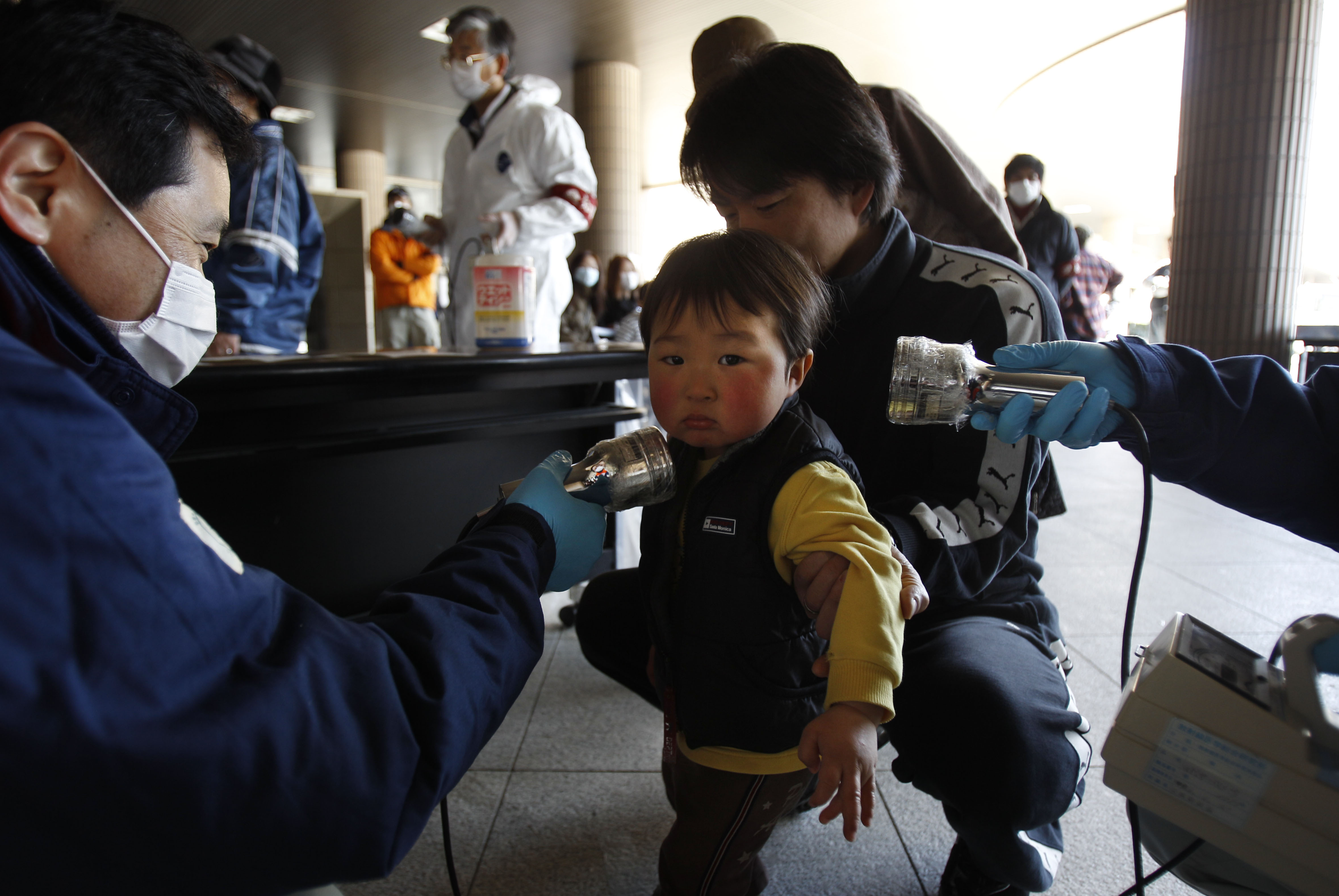One thing about having a nuclear accident in a rich country is that at least there is going to be good medical care and long-term monitoring. The repair and clean-up operation is another matter, of course — which is why Japan is currently under pressure to accept help from abroad in fixing the appalling mess caused by the three reactor meltdowns at the Fukushima No. 1 nuclear power plant.
But having great monitoring, assessment and medical treatment of citizens is one thing. It is quite another making sure information is communicated to the public clearly and openly. That is something at which neither the plant's operator, Tokyo Electric Power Co. (Tepco), nor the Japanese government have succeeded at all well. And without good communication, fear and misinformation about radiation can understandably grow.
I was talking about this last week with Gerry Thomas, who runs the Chernobyl Tissue Bank (CTB) at Imperial College London. The CTB collects and analyzes samples of tissue from people exposed to radiation after the Chernobyl nuclear disaster in the USSR (present-day Ukraine) in 1986, and monitors the occurrence of thyroid cancer in contaminated areas.

















With your current subscription plan you can comment on stories. However, before writing your first comment, please create a display name in the Profile section of your subscriber account page.